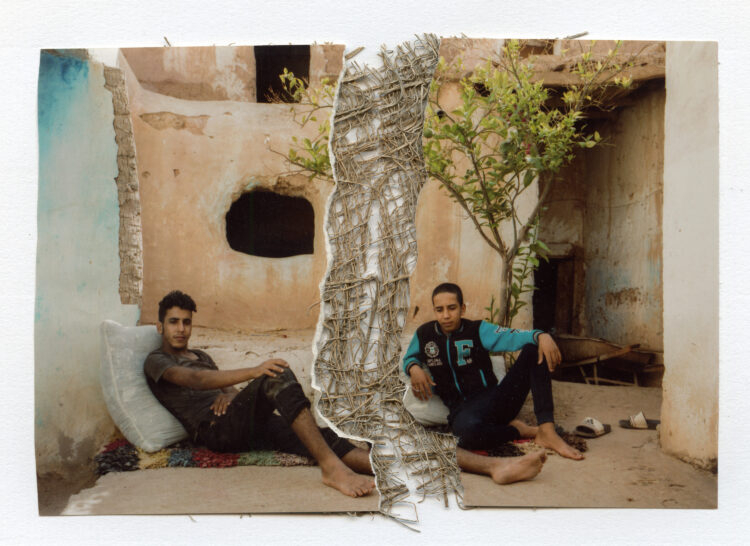Seif Kousmate
Seif Kousmate (b. 1988, Morocco) is a self-taught photographer whose practice extends the traditional boundaries of documentary photography. Since leaving a career as a Project Manager in the civil engineering sector in 2016, Kousmate has been working on different long-term and immersive series on migration and youth in Africa, including the migration of sub-Saharans on the land border between Morocco and Europe and traditional slavery in Mauritania and Rwanda. A National Geographic Explorer since 2018, Kousmate was selected as a 6×6 Global Talent Program by World Press Photo (2020) and was awarded a mentorship in the Arab Documentary Photography Programme (2020), organized by The Arab Fund for Arts and Culture, the Prince Claus Fund, and the Magnum Foundation. His photographs have been exhibited in Europe and Africa and published in international magazines and newspapers including The New York Times, Newsweek, The Guardian, and El Pais. Kousmate is the co-founder of the KOZ collective, comprising four Moroccan visual artists engaged in research-based projects.

From the Archives
-
2023 / core / outdoor
Seif Kousmate
Waha (“oasis” in Arabic) is Moroccan photographer Seif Kousmate’s three-year–long research-based project that explores the consequences of climate change and rural exodus on Morocco’s oasis ecosystem. Beginning in 2020, Kousmate traveled across the country, meeting with local communities to generate dialogue around the oases’ future and environmental issues, shifting attention onto its consequences for the ecosystem’s southern regions, routinely overlooked by Western media and politics.
